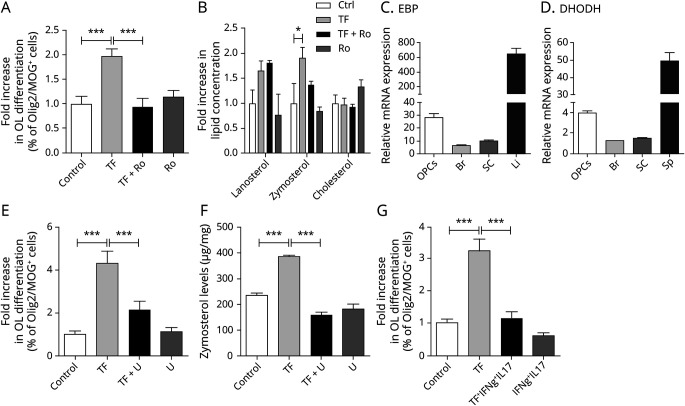Figure 3. OPC Differentiation Induced by Teriflunomide Is Reversed by Ro 48-8071 and Associated With 8,9-Unsaturated Sterol Production.
(A) OPCs treated with unconditioned (Ctrl) or TF and/or Ro 48-8071 were immunostained against Olig2 and MOG at 96 hours following treatment. The percentage of Olig2+ cells coexpressing MOG was significantly increased in cultures treated with TF compared with control, an effect blocked by the Ro 48-8071 treatment. (B) Quantitation of sterol levels in OPCs treated with TF and/or Ro 48-8071. In OPC cultures treated for 24 hours with TF, the level of zymosterol was increased (results are expressed as % of controls), whereas lanosterol and cholesterol levels were unchanged. (C and D) EBP and DHODH messenger RNA levels measured by reverse transcriptase-quantitative polymerase chain reaction in OPCs, Br, and SC. The Li and Sp were used as positive control for EBP and DHODH enzymatic gene expression, respectively. Glyceraldehyde 3-phosphate dehydrogenase was used as the reference gene. (E) The percentage of MOG+/Olig2+ oligodendrocytes at 96 hours was significantly increased in OPCs treated with TF compared with control, an effect reversed by the uridine treatment. (F) Uridine blocked the accumulation of zymosterol induced by teriflunomide. (G) The percentage of MOG+/Olig2+ oligodendrocytes at 96 hours following treatment with TF and/or IFNγ/IL-17 was significantly decreased in OPCs treated with TF and exposed to IFNγ/IL-17 cytokines compared with TF. Data are shown as mean ± SEM from 3 individual experiments. *p < 0.05; ***p < 0.001 (1-way ANOVA, Newman-Keuls post hoc test). Br = brain; DHODH =dihydroorotate dehydrogenase; EBP = emopamil binding protein; Li = liver; OPC = oligodendrocyte precursor cell; SC = spinal cord; Sp = spleen; TF = teriflunomide.

